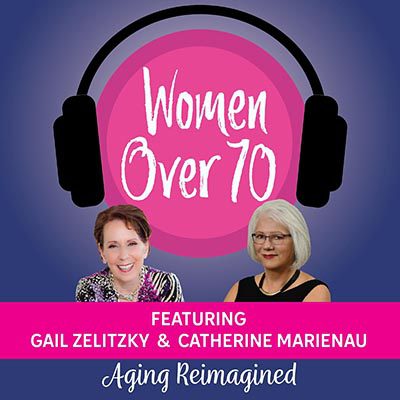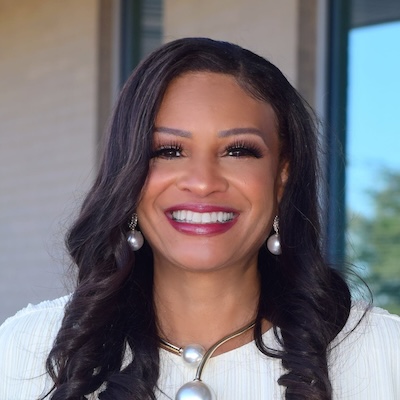Can a Death Call Take 10 Minutes?
On an Instagram Live I recently did there was talk of a ten minute death call. Go to the home, pronounce the person dead, and leave to make the rest of your daily visits. Here is my idea of a death call. I have to warn you, it may take more than 10 minutes.
You arrive at the home, never having met the family. Shake hands and say, “Hi, my name is . . . and I’m from Hospice. May I come in?” Go into the living room. “Can we sit here and talk for a minute? Tell me about what happened.” Listen to them tell their story. They are sad, scared, and need to verbalize their experience. It is the beginning of their grieving process.
After you have listened you will be able to say, “From what you have described John did a really good job of leaving his body.” Hopefully someone has explained before the death what happens and why but you again reassure those present that from what they have described nothing pathological or bad happened, that John did a good job.
Now it is time to see the body and pronounce. Ask if you can see John. Use his name, that is important. Explain to those present that while you are in the room you are going to tidy and want to give everyone the opportunity to say goodbye one more time. You might ask if they have another set of bed sheets that you could use and a washcloth and towel.
In the room arrange the body into a natural position with the head of the hospital bed up slightly. You may need to change the sheets (or not, depending on their condition as well as wash the person’s face and other areas that may have become soiled). Arrange a sheet over the body with the head uncovered and in a natural position. Tidy the room, leave a light on but not necessarily the overhead light.
Invite each person present to go in to say goodbye alone, unless they are frightened, then you can accompany them. Tell them to say everything they ever wanted to tell this person, speak from the heart and just have a talk with them. When everyone has said goodbye, call the funeral home.
Stay until the funeral home arrives. During that time you can talk about funerals, why a visitation and open casket are so helpful, how to make it personal, find meaning, gather pictures for an easel, write John a letter and put in the casket with him, have the kids draw pictures for grandpa and put in the casket with him.
This is a teaching opportunity. In the vulnerability of the family, you are bonding. You are their guide, their resource. It is a great teaching, comforting time. You have entered this house as a stranger but by your words and your actions, the comfort you bring, you can leave their friend.
When the funeral home arrives, go in the room with them. As they remove the body from the bed, you make the bed (even if it is a hospital bed) with clean sheets and find something to put on the pillow, a flower, a picture, a rosary, some memento found in the room. Leave the room with a small light on.
This room has become a memorial and will hold the memory of what happened here. You have helped create a sacred space rather than the family returning to a messy room and bed to trigger the sad, scary memories of what occurred there. You are creating a sacred experience that will become their sacred memory.
With the body gone, now your work is done. Ask the family if they have any questions they want to ask you. Did they understand everything that has happened? Is there anything they need you to do? This may be the time a hug goodbye feels right.
Now your ten minute death call is finished.
Something More about… Can a Death Call Take 10 Minutes?
In my book, The Final Act of Living: Reflections of a Long-Time Hospice Nurse I share my insights and experiences gathered over decades of working with people during their final act of living. For both professionals and laypeople, this book weaves personal stories with practical care guidelines, including: living with a life-threatening illness, signs of the dying process, the stages of Grief, living wills, and other end of life issues.
Originally Published on https://bkbooks.com/blogs/something-to-think-about






















